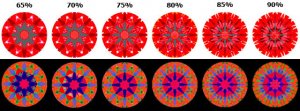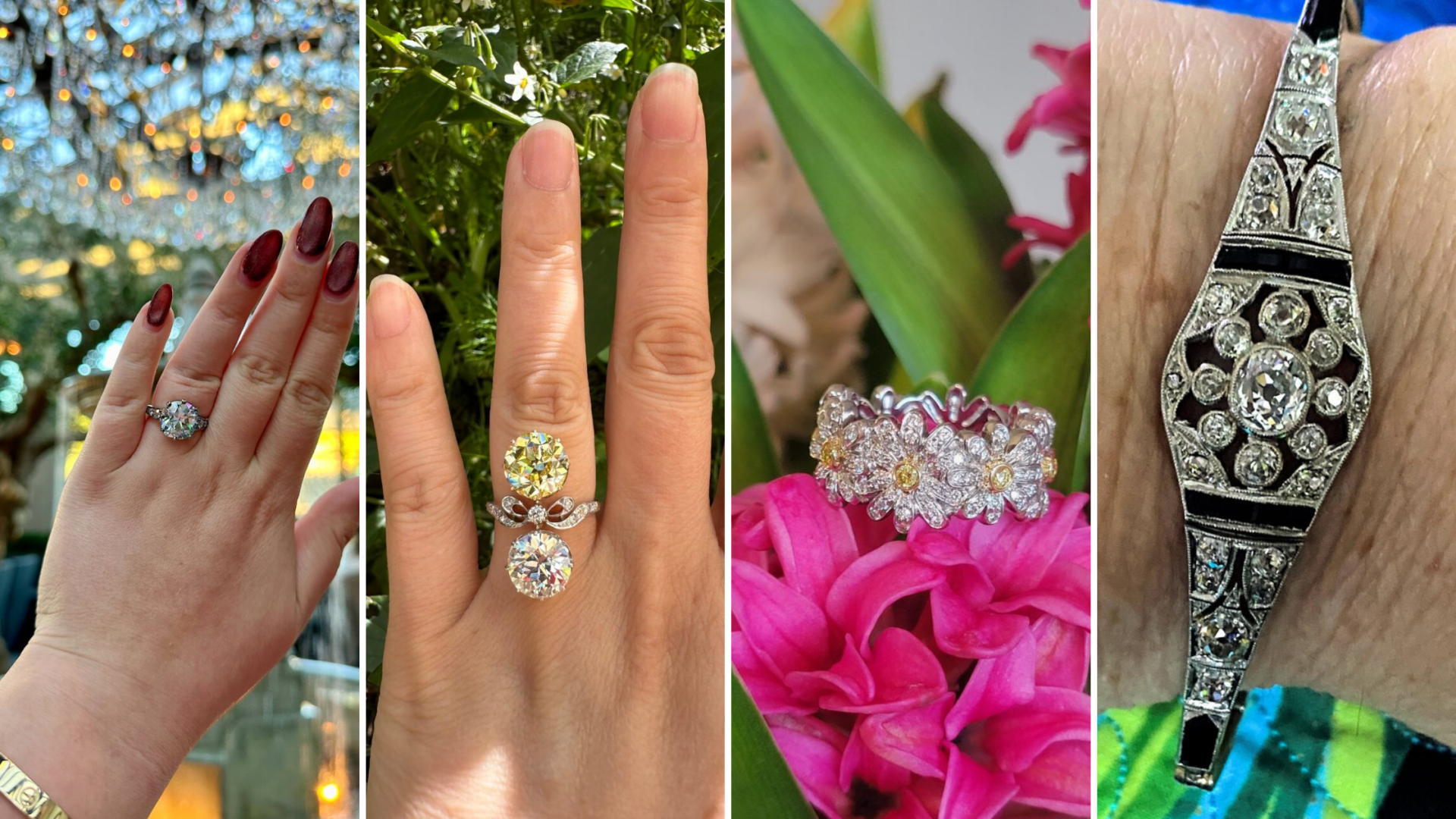Carlosthejakal
Rough_Rock
- Joined
- Apr 19, 2007
- Messages
- 26
What is is and how does it work ?

Commonly referred to here as Lower Girdles and LGFs (sorry DKSDate: 4/23/2007 11:59:17 AM
Author: Pricescope
LGF - Low Girdle Facets.



